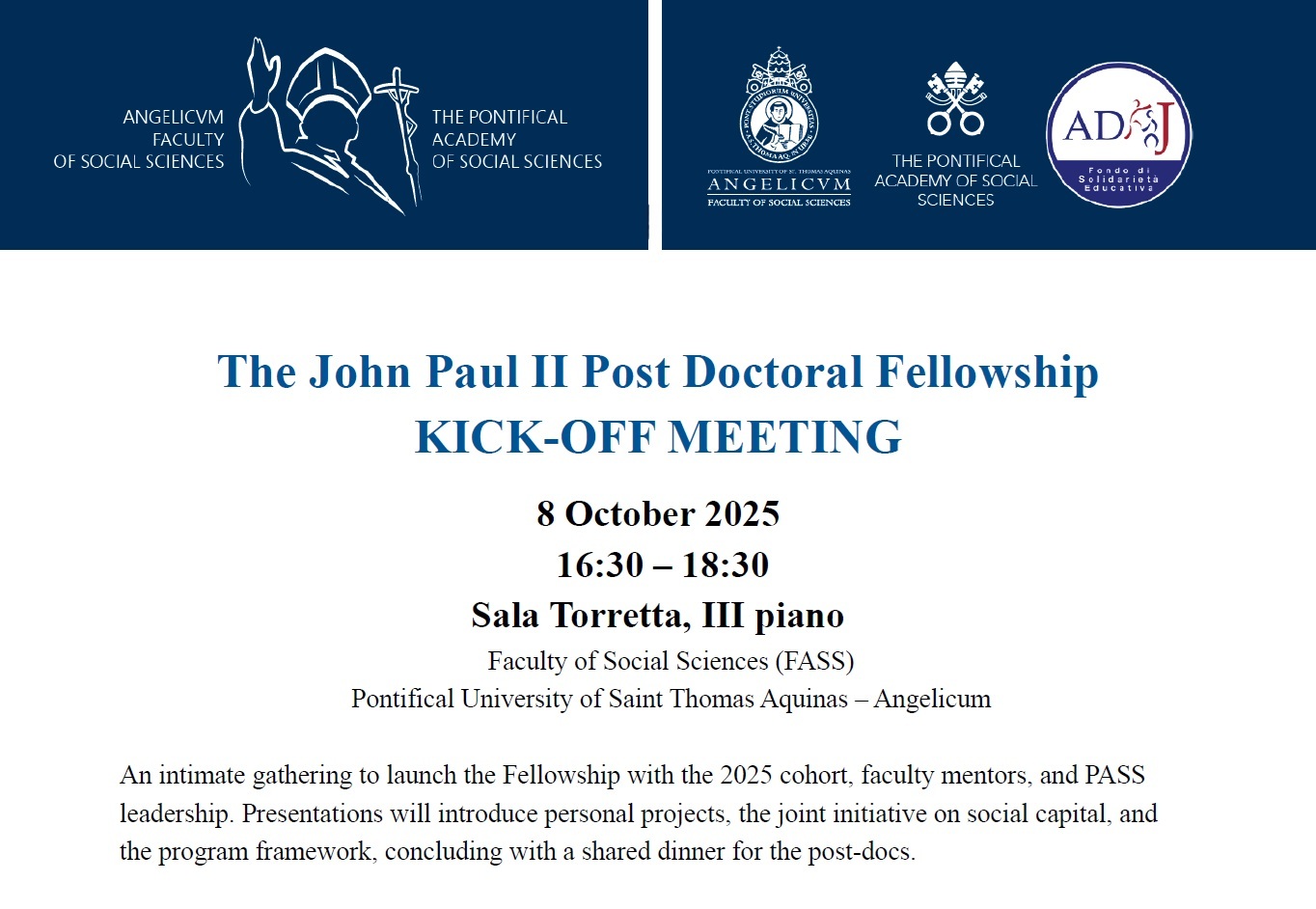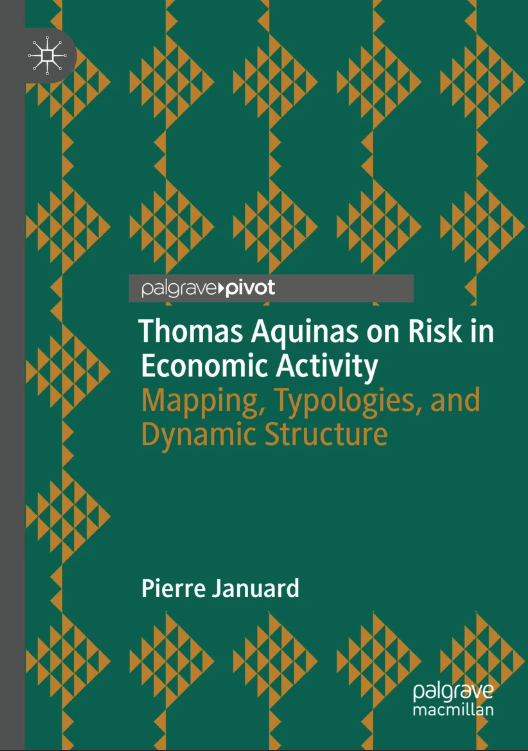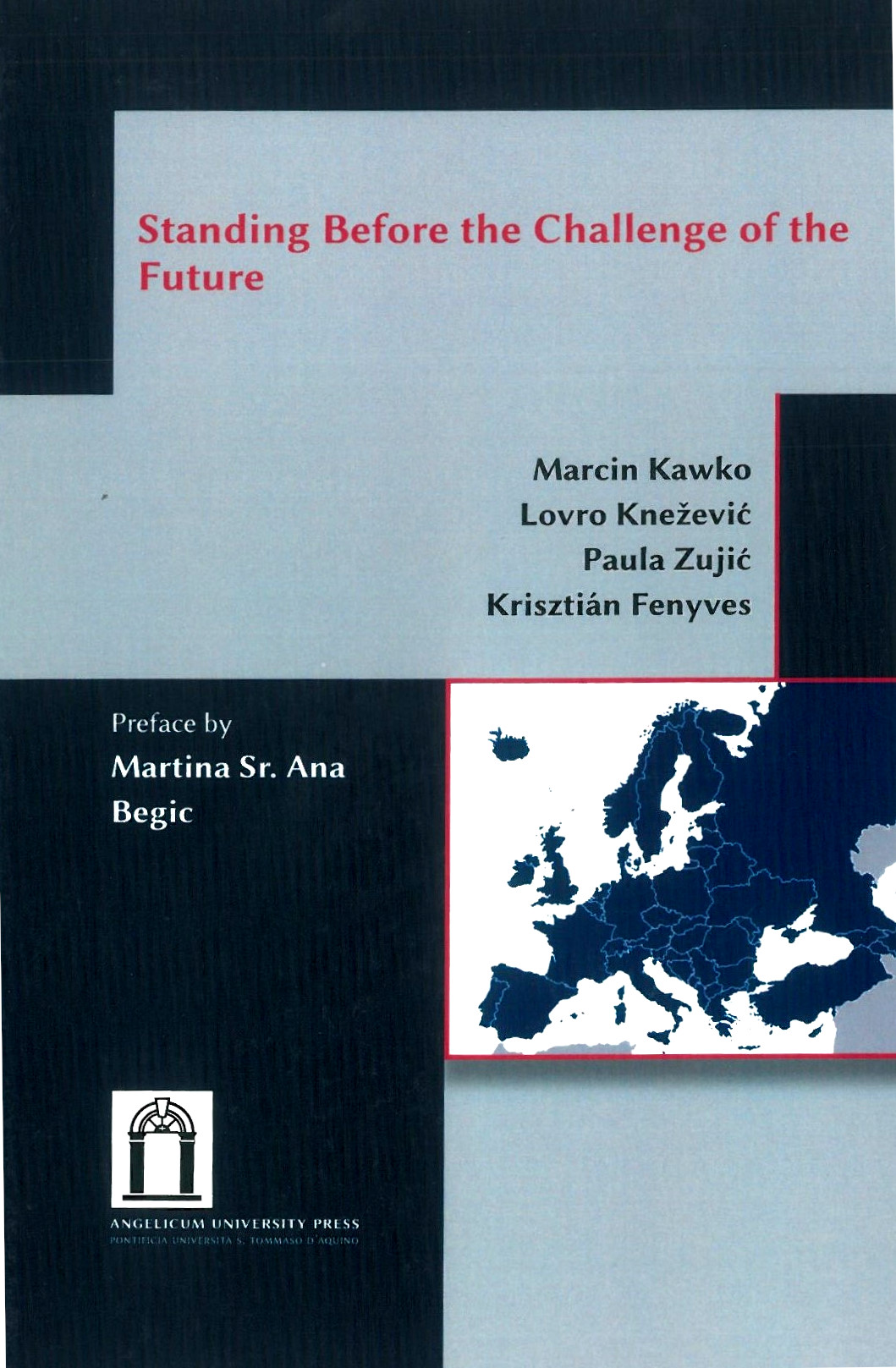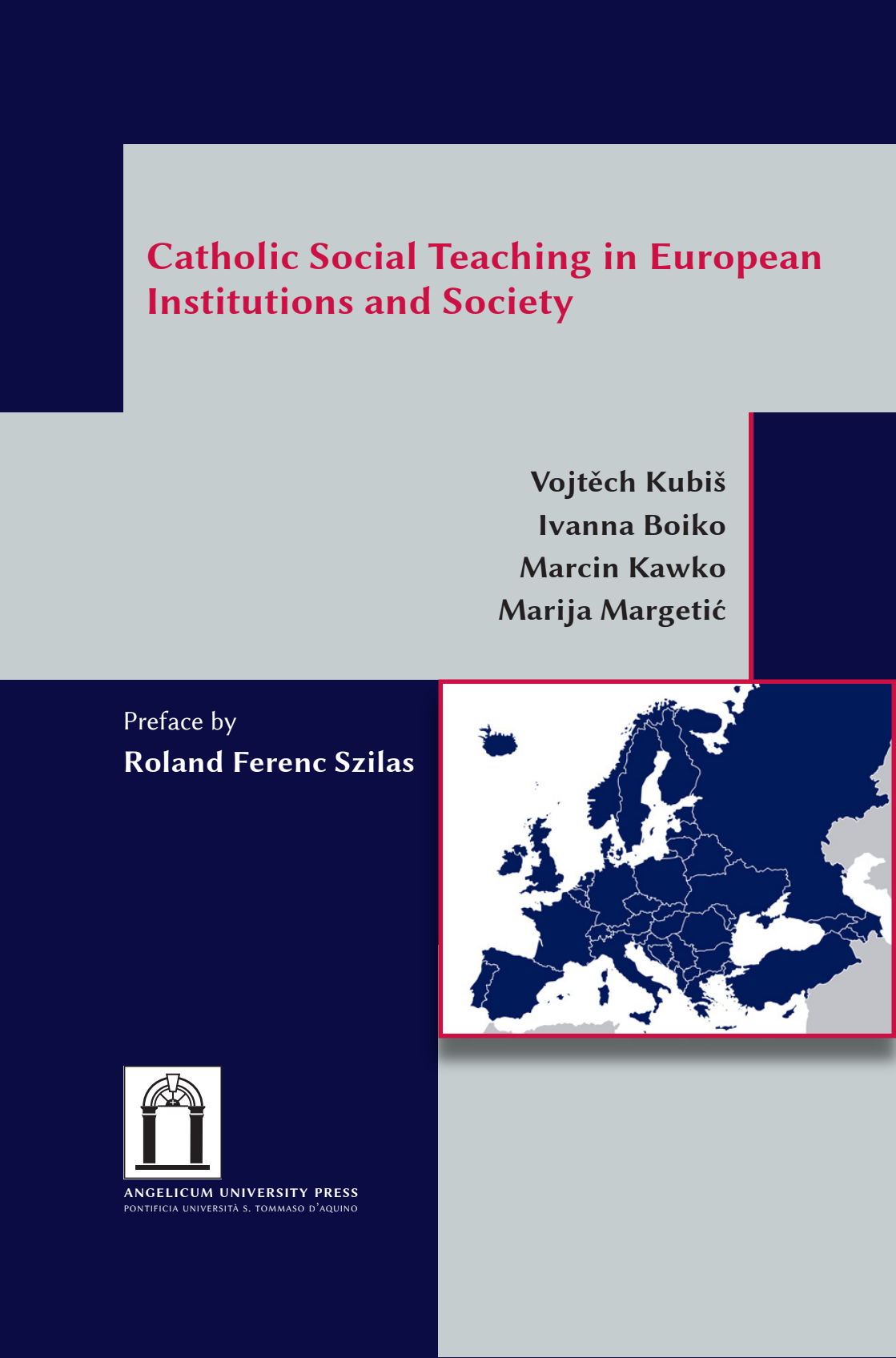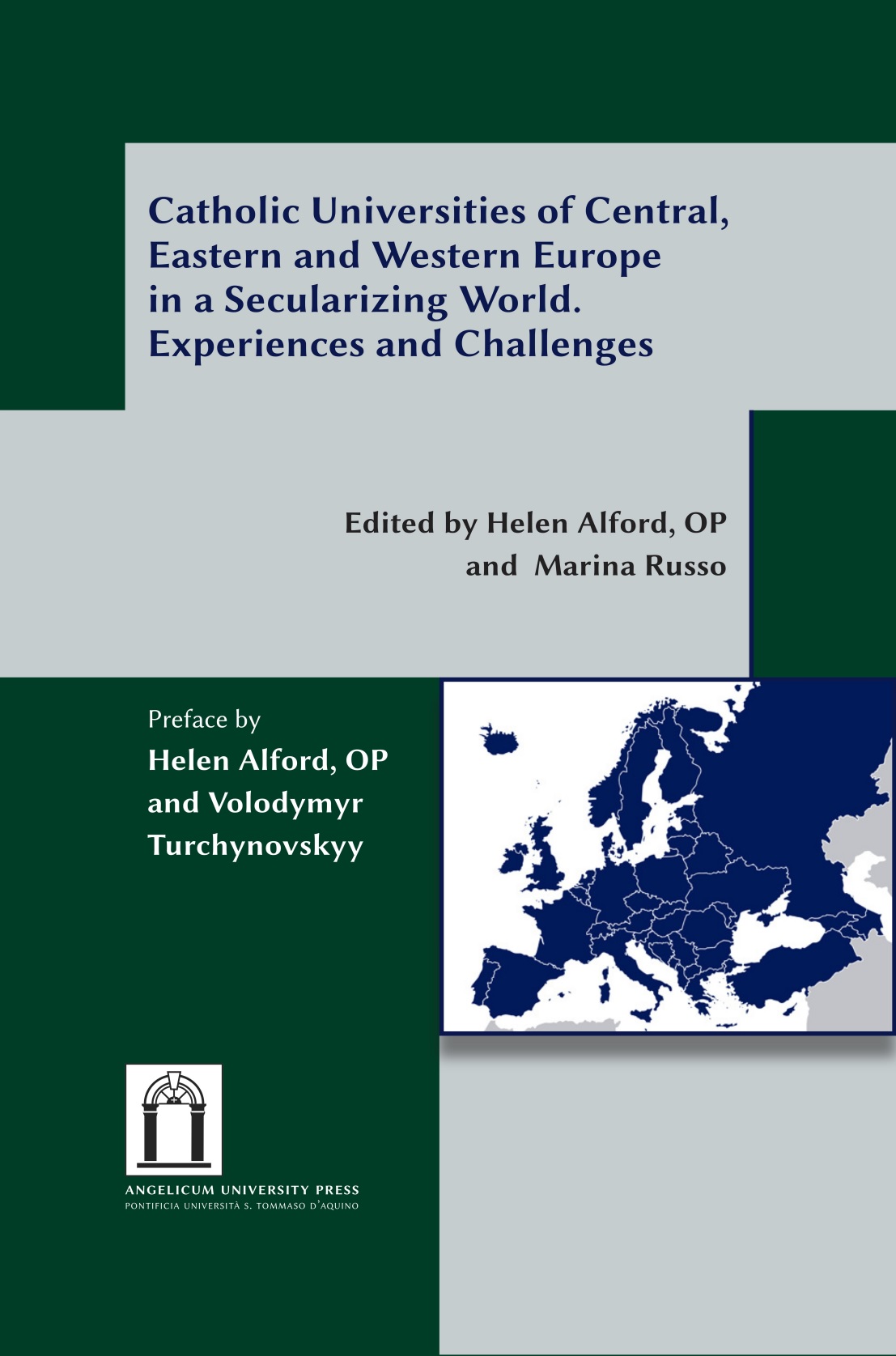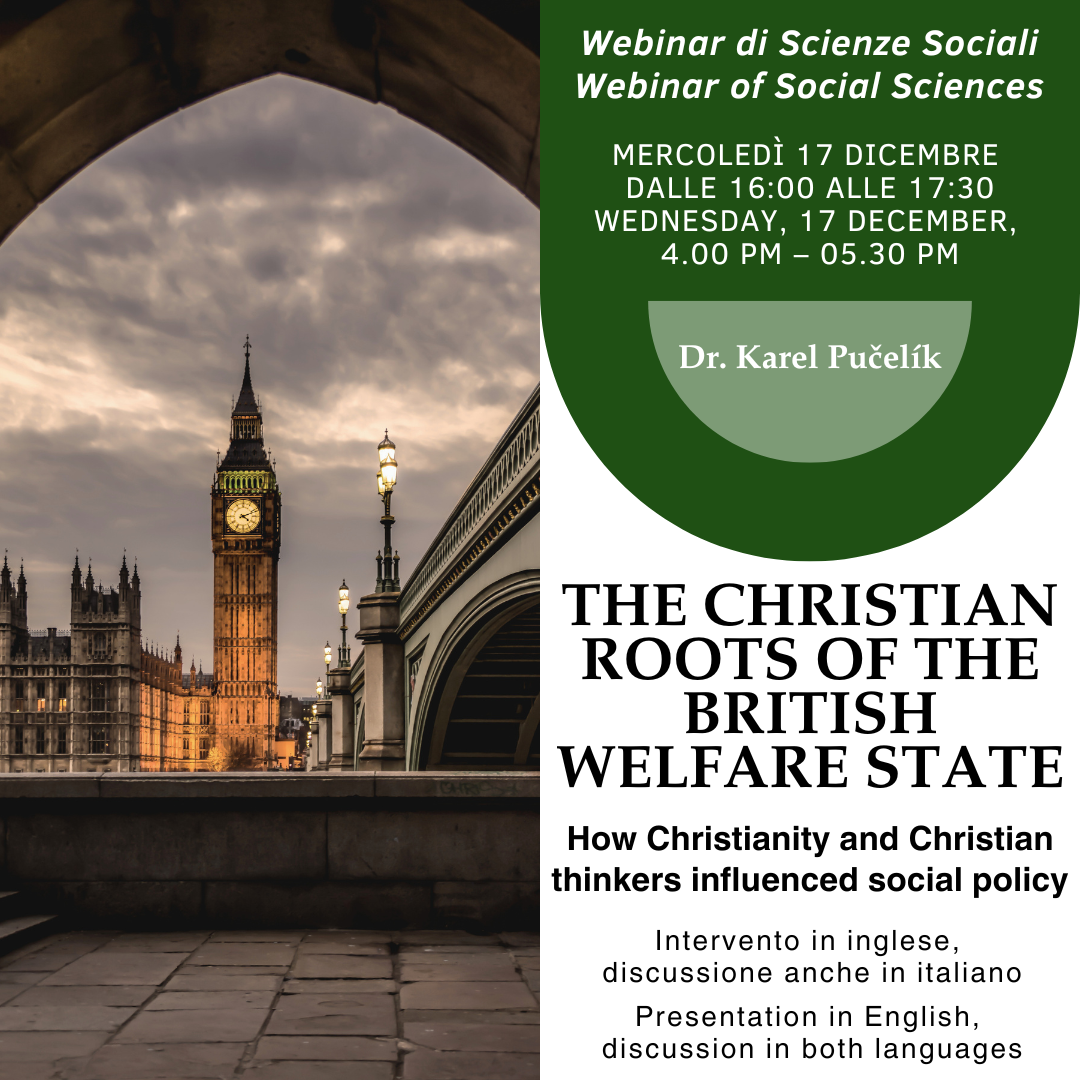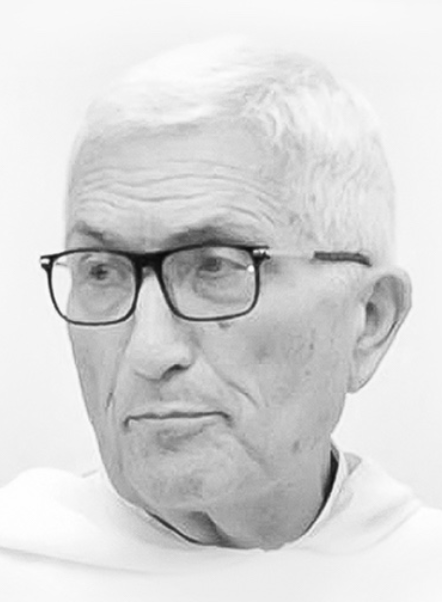Well before the campaign on the EU referendum started in the UK, the Financial Times published a light-hearted article on the possible independence of London if the rest of the country voted for Brexit1 It suggested that the  motorway encircling London, the M25, would be a natural border! The story is both funny and illuminating. Around the world, cities are rising up, flexing their muscles in a way that they have not done for centuries, not least because many nation-states seem to be suffering a growing list of ailments. And while the leading international and supranational organizations, the UN and EU respectively, seem gridlocked on many key issues, a whole range of intercity organisations are confronting an ever-wider set of global problems, from climate change to local democracy, and from safety and security to ageing and lifelong learning.2
motorway encircling London, the M25, would be a natural border! The story is both funny and illuminating. Around the world, cities are rising up, flexing their muscles in a way that they have not done for centuries, not least because many nation-states seem to be suffering a growing list of ailments. And while the leading international and supranational organizations, the UN and EU respectively, seem gridlocked on many key issues, a whole range of intercity organisations are confronting an ever-wider set of global problems, from climate change to local democracy, and from safety and security to ageing and lifelong learning.2
Part of the explanation of the current rise in power of the cities is their capacity to attract people to them. As several of our articles in this number of OIKONOMIA note, in 2010 the UN reckoned that the world population had crossed a symbolic line – more than 50% by then were living in cities. By 2050, it should be nearing 70%, with the absolute number nearly doubling compared to today.3 A parallel and equally profound phenomenon, dealt with in the October 2014 issue of OIKONOMIA, 4 as well as in the article of Rafaella Petrini in this number, is the ageing process. The demographic profile of cities is ageing, partly because populations as a whole are ageing, but also because older people often see the city as a place which can provide them with the services they need.5 An ageing population, however, does not mean that cities are losing their dynamism. The top 600 cities are already producing 60% of world GDP, and will contribute 60% of global growth in GDP up to 2025, 6 while only covering 0.5% of the world’s land mass. 7 As Professor Paul Romer, the founder of the controversial idea of the “Charter City”, has said: “In the last 10,000 years, humans built cities to house 3 billion people. In this century, we will make room for another 3 to 6 billion. Because both the worldwide and urban population will stabilize this century, humans will never again have this chance to remake our system of cities”. 8
Cities seem to be the social unit of the future, but what about their past? What is the origin of the city? Lewis Mumford in his magisterial 1961 book, The City in History: Its Origins, Its Transformations and Its Prospects, attempted an explanation of the genesis of the city. 9 From its earliest antecedents, as far back as we can trace them in the paleolithic period, the city is associated with a holy place or sanctuary, a place to which people were attracted thanks to its religious significance, thus turning it also into a place of meeting and exchange, a place of “life more abundant”. 10 As such, the city contrasts with the village – the urban centre is a “magnet”, able “to attract non-residents to it for intercourse and spiritual stimulus no less than trade”, while the village is “more fixed and indrawn... hostile to the outsider”. 11 Mumford suggests that the city itself arises out of a particular type of intermixing between the “old” (paleolithic) social roles and the “new” (neolithic) social structure of the settled village:
The city then, if I interpret its origins correctly, was the chief fruit of the union between neolithic and a more archaic palaeolithic culture... As a result of this union of the two cultures, the widest sort of cross-breeding and intermixture probably took place all along the line. This gave the city potentialities and capabilities that neither the hunter, the miner, the stockbreeder, not the peasant would, even if left to themselves in their original habitat, have been able to exploit. 12
During this encounter between the two cultures, the pastoral figure of the shepherd gradually transformed into the judge (now taking care of the common good in a metaphorically “pastoral” way), while the hunter transformed into the king. Indeed, for Mumford, it is kingship that is the crucial new institution that makes the city possible. The city’s importance as an economic centre only develops later:
“What I would suggest is that the most important agent in effecting the change from a decentralized village economy to a highly organized urban economy, was the king, or rather, the institution of kingship. The industrialization and commercialization that we now associate with urban growth was for centuries a subordinate phenomenon, probably even emerging later in time: the very word merchant does not appear in Mesopotamian writings till the second millennium, ‘when it designates the official of a temple privileged to trade abroad’. 13
The city clearly offers the human community a whole new range of possibilities, but at a high cost, for it is also a concentrator of violence and oppression. Whereas the neolithic village is relatively egalitarian and pacific (perhaps somewhat controversially, Mumford sees it as the creation primarily of women), the city brings with it oppressive forms of social hierarchy and, above all, the completely new phenomenon of war:
“In following these clues to the emergence of the city, we have I think laid bare the sorriest events in urban history, whose shame is still with us. No matter how many valuable functions the city has furthered, it has also served, throughout most of its history, as a container of organized violence and a transmitter of war. The few cultures that for a time avoided this are those that retained their village basis and yielded without force to a seemingly benign central command”. 14
If we turn now to current literature, looking at the present and the future of the city, it is interesting to see what themes from Mumford’s work are still to be found, and then what is new and what has been lost. There is no shortage of such thinking on which to draw, as national governments, NGOs and global and local networks gear up for the megaconference “Habitat III”, to be held in Quito, Ecuador, in October 2016, organized by the UN agency that deals with human settlements and urban growth, UN Habitat. As its name implies, the conference is the third in a series which were initiated in 1976, each one twenty years after the one before. The latest draft of the “New Urban Agenda” at the time of writing, a final version of which the conference is due to agree, is designed with the Sustainable Development Goal 11 in mind: “make cities and human settlements inclusive, safe, resilient and sustainable” and deals with all these issues. 15 With regard to inclusiveness, for instance, it refers to the idea of “cities for all”, a concept “referring to the equal use and enjoyment of cities”. 16 The main structure of the draft, however, is built around the three issues which are clearly seen to be the most crucial for the future of cities: social inclusion and ending poverty; urban prosperity and opportunities for all; resilient urban development. A glance at the EU Urban Agenda and at the submission of the Italian government to Habitat III show many similar themes to those we find in the UN document. 17
The key issues that emerge from these documents are economic – ending poverty, urban prosperity and development - and even though kings no longer rule cities as they once did, much thought is nevertheless devoted to improving their governance and their political accountability. The many references to security issues – such as in the EU Urban Agenda – show that the question of violence in cities is ever present. The one issue that is almost completely lost in these reports compared to Mumford’s work, but which for Mumford was key, is the religious dimension in the foundation and development of urban sites. Neither is there any consideration of this question in a more modern way, such as the resources that the religious traditions can offer today’s cities. This is all the more striking when we know from 2012 study of the Pew Research Center that more than 80% of the world’s population identify with a religious group, the percentage being even higher in many of the parts of the world that will undergo the most profound processes of urbanisation in the next 30 to 40 years. 18 Finding a way to incorporate a religious voice into our debates on urbanisation is urgent. Thus, Alejandro Crosthwaite’s article in this number is timely, focused as it is on a recent document of Pope Francis, currently one of the few figures of world stature who can make the faith dimension heard.
Stefano Serafini writes in this number about the idea of “bio-urbanism”, and so perhaps this editorial can end on the relation between nature and the city, or between rural and urban areas. While there is mention in some of the international reports just mentioned of the need for a balanced relation between rural and urban areas, and of sustainable development for cities, we are still a long way from the complex, integrated model of “bio-urban” development proposed by Serafini. Mumford’s words on the relation between the city and the countryside sound as if they were written to warn us, even if they date from more than 50 years ago: The chronic miscarriages of life in the city might well have caused their abandonment, might even have led to a wholesale renunciation of city life and all its ambivalent gifts, but for one fact: the constant recruitment of new life, fresh and unsophisticated, from rural regions, full of crude muscular strength, sexual vitality, procreative zeal, animal faith. These rural folk replenished the city with their blood, and still more their hopes. Even today... four fifths of the population of the world lives in villages... But once we allow the village to disappear, this ancient factor of safety will vanish. That danger mankind has still to reckon with and forfend. 19
NOTES:
1 Philip Stephens, “London Should Break Free from Little England”, Financial Times, December 11, 2014, retrieved from the FT website:
http://www.ft.com/ (accessed 03.09.16).
2 ICLEI –Local Governments for Sustainability and the “C40 Cities” network focus on confronting climate change, http://www.iclei.org/ , http://www.c40.org/ ; “United Cities and Local Governments” (UCLG) aims to be “the united voice and world advocate of democratic local self-government”, https://www.uclg.org/ . Several UN agencies host global networks of cities. For instance, UN Habitat hosts the “Global Network on Safer Cities”, http://unhabitat.org/ ; the World Health Organisation hosts the “Global Network of Age-friendly Cities and Communities”, http://www.who.int/ , while UNESCO hosts the “Global Network of Learning Cities”, focused on lifelong learning, http://learningcities.uil.unesco.org/
3 See the latest version (available at the time of writing) of the “Draft New Urban Agenda”, the Surabaya version of July 28 2016, available at
https://www.habitat3.org/zerodraft .
4 http://www.oikonomia.it/
5 http://rethinkinglongevity.eiu.com/ (last accessed 18.09.16)
6 http://www.mckinsey.com/
urbanization/urban-world-mapping-the-economic-power-of-cities , http://unhabitat.org/ (last accessed 13.09.16).
7 http://ec.europa.eu/
newsalert/pdf/179na4_en.pdf (last accessed 13.09.16).
8 http://economix.blogs.nytimes.com/ (last accessed 13.09.16).
9 Lewis Mumford. 1961. The City in History: Its Origins, Its Transformations and Its Prospects, Harcourt Brace. The quotations in this text are taken from the 1991 reprint in Penguin Books.
10 Ibid., p. 16.
11 Ibid., p. 18
12 Ibid., p. 37-38
13 Ibid., p. 47.
14 Ibid., p. 59.
15 Link to SDGs
16 https://www.habitat3.org/ , n. 11.
17 Links to the two documents.
18 Pew Research Center, The Global Religious Landscape, http://www.pewforum.org/ . India would be a clear example of a large population area that is going to urbanise rapidly in the coming decades and in which religious faith plays a key part (for good and for ill).
19 Op. cit., p. 69.
 IT
IT  EN
EN 
